Download as PDF, PPTX
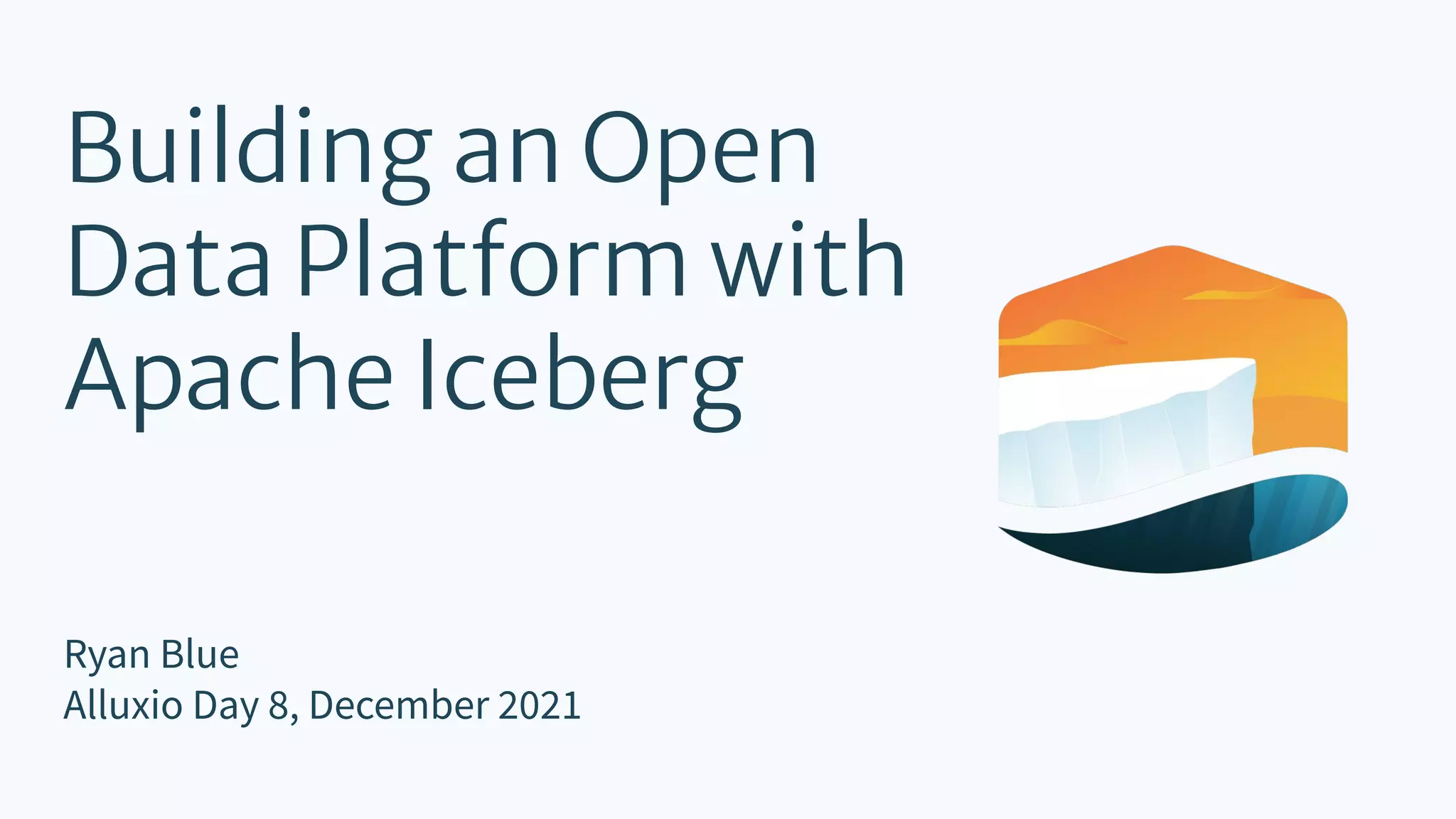

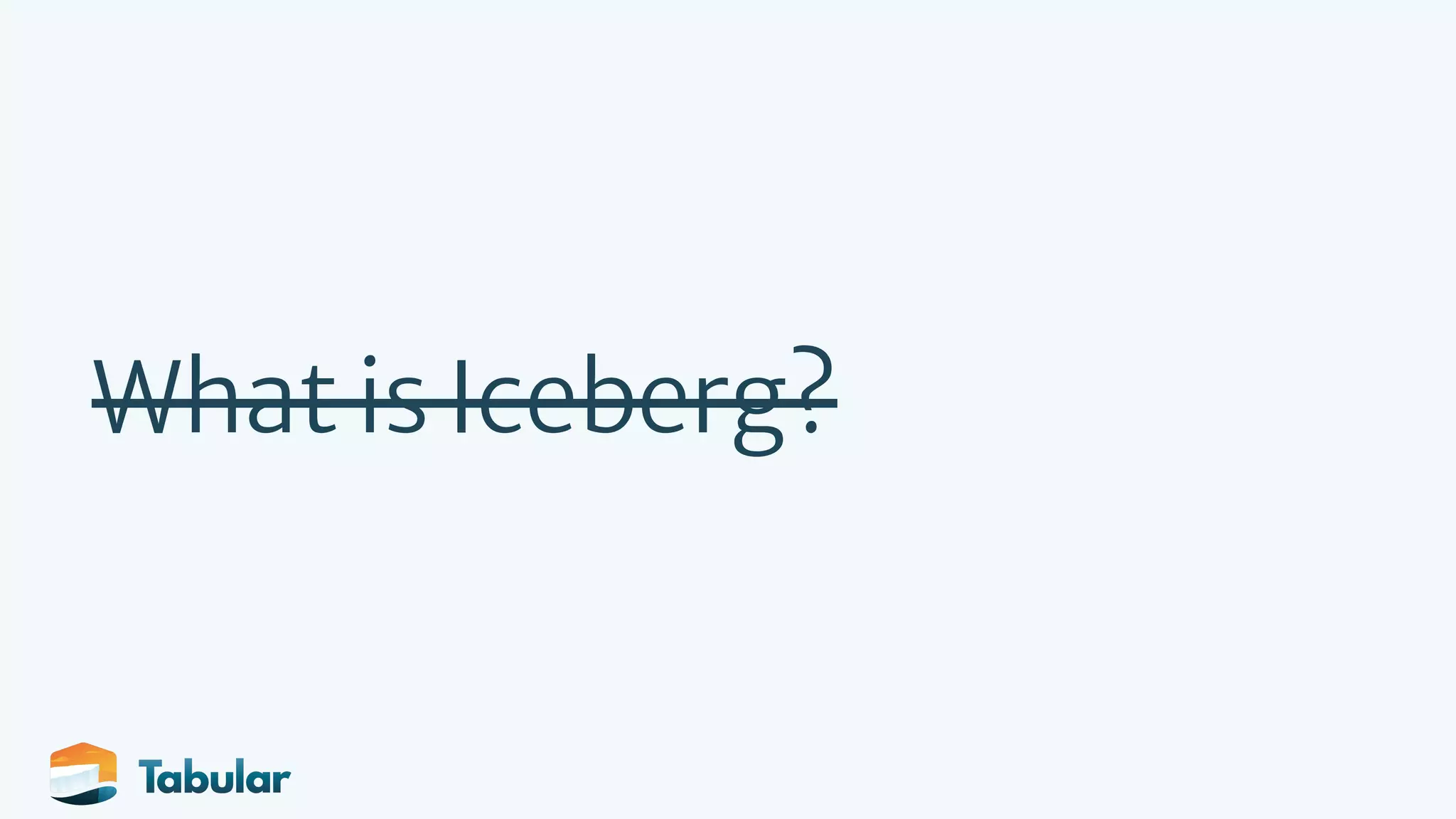

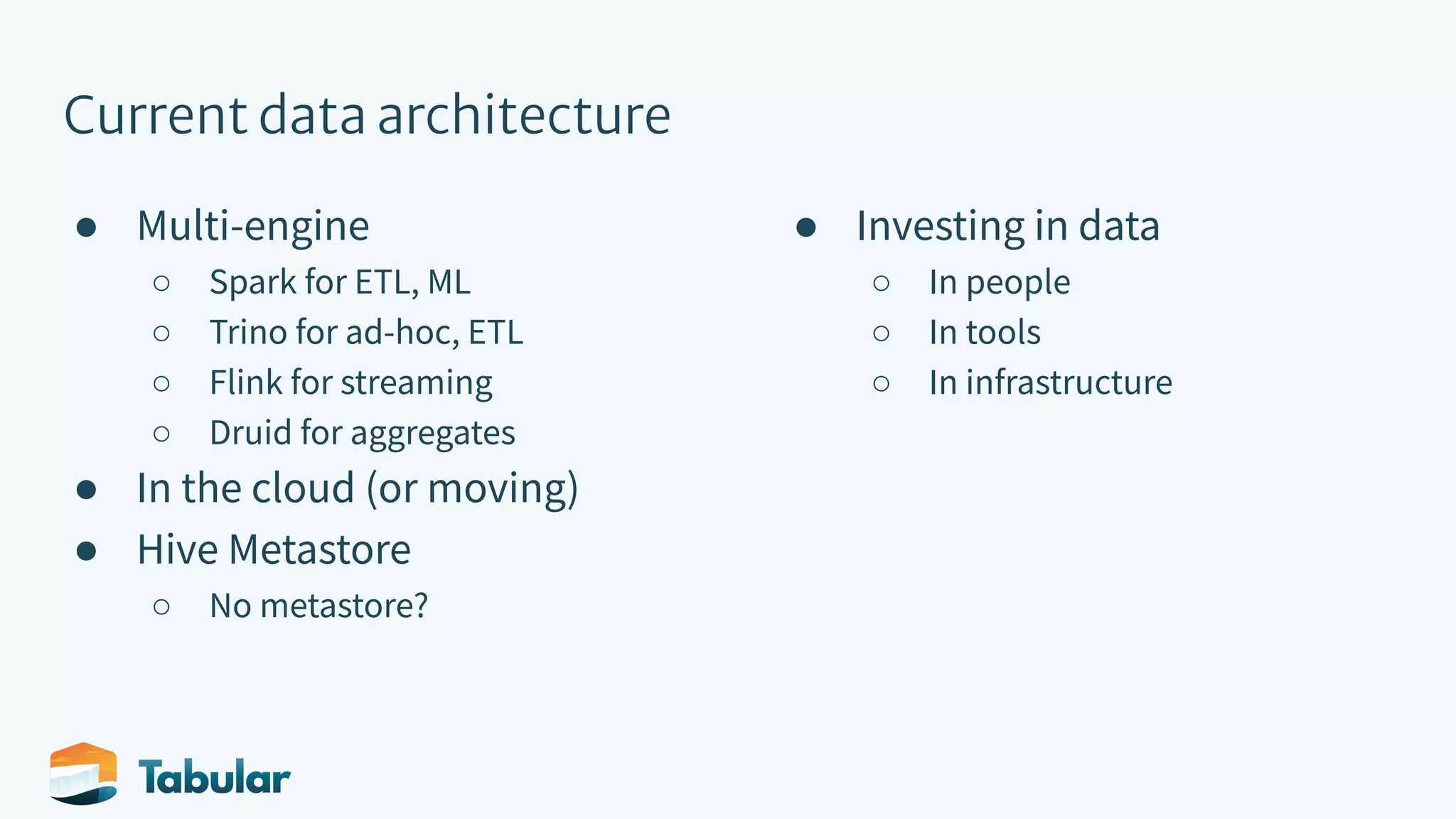


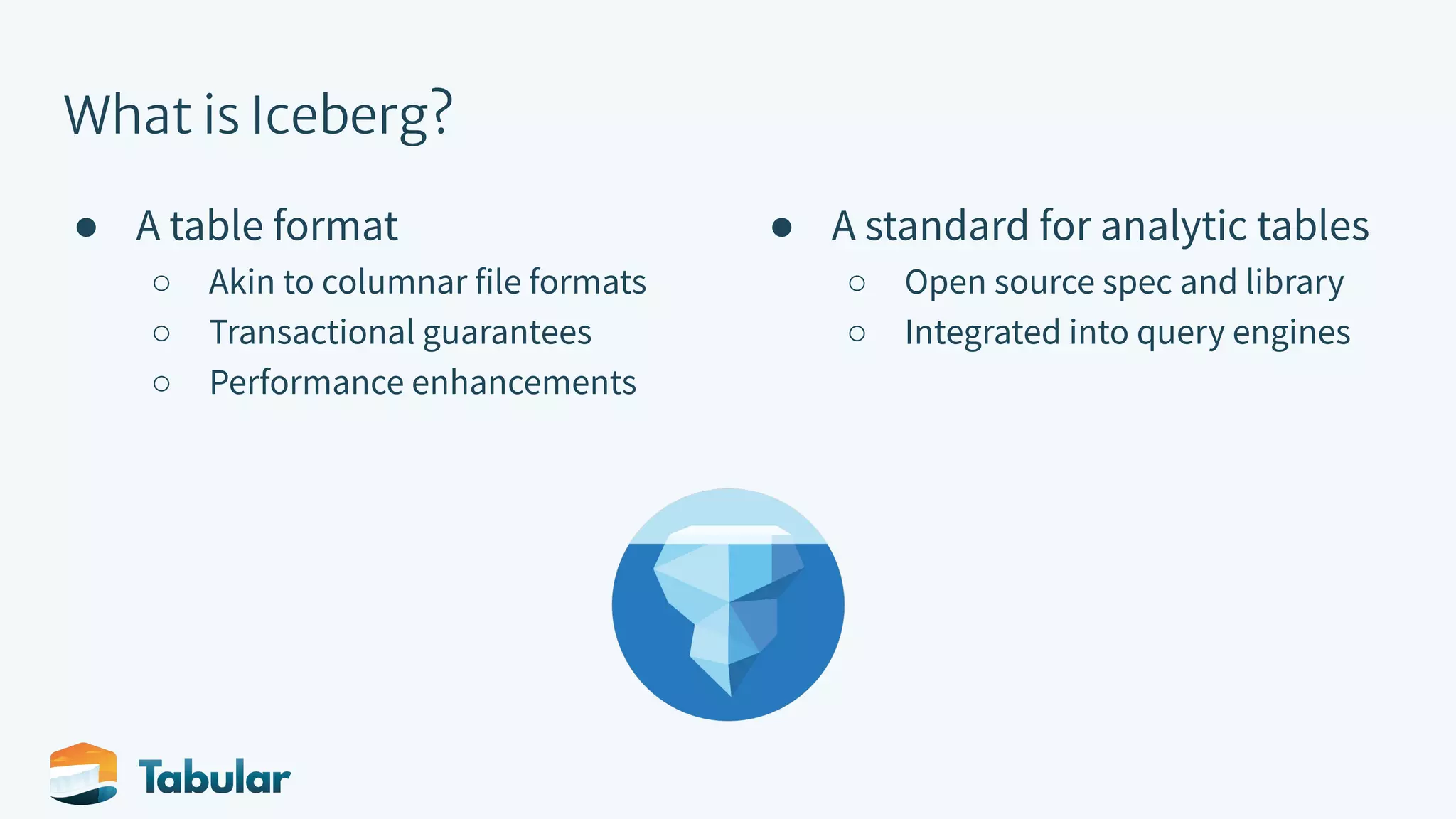

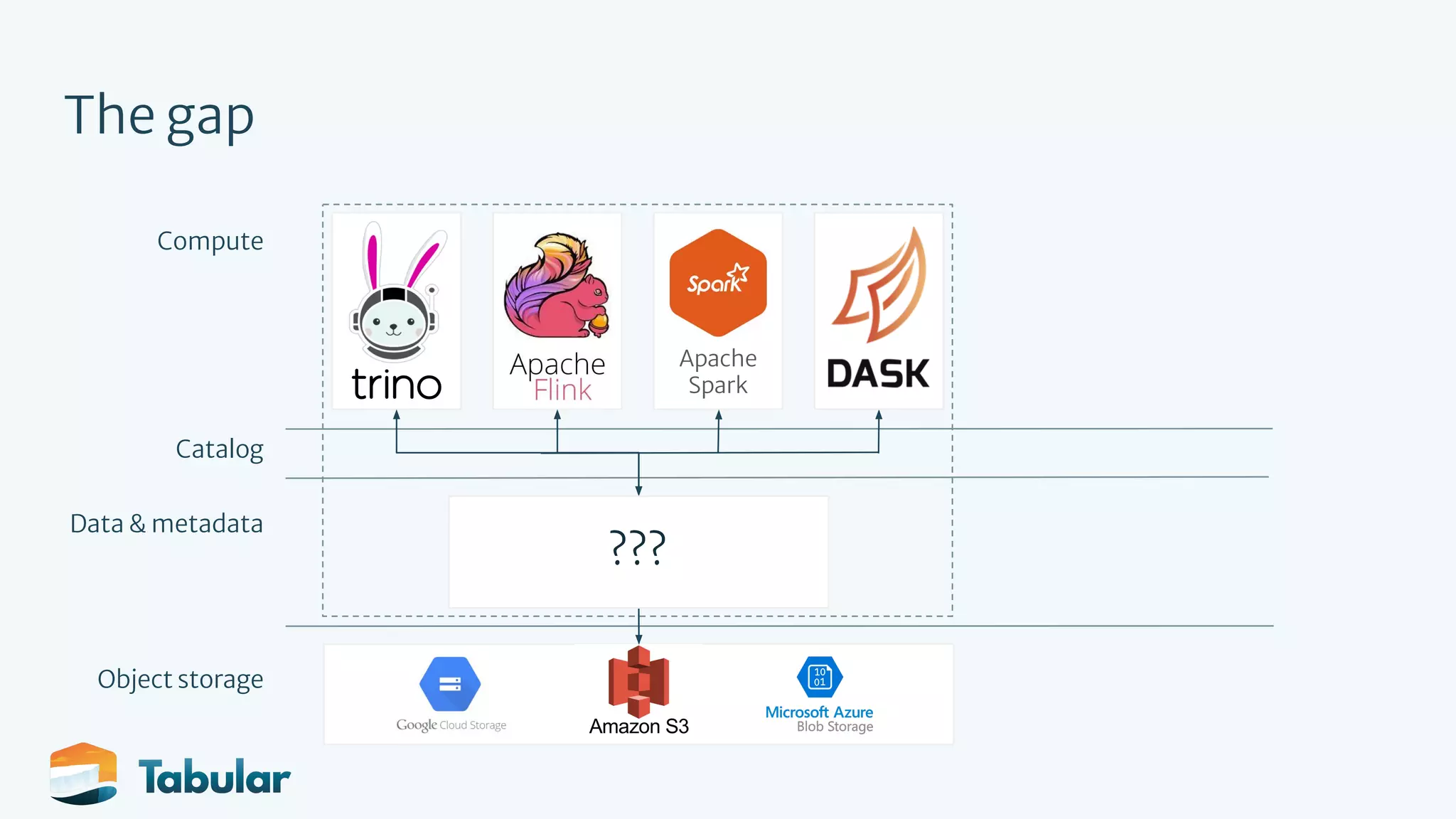
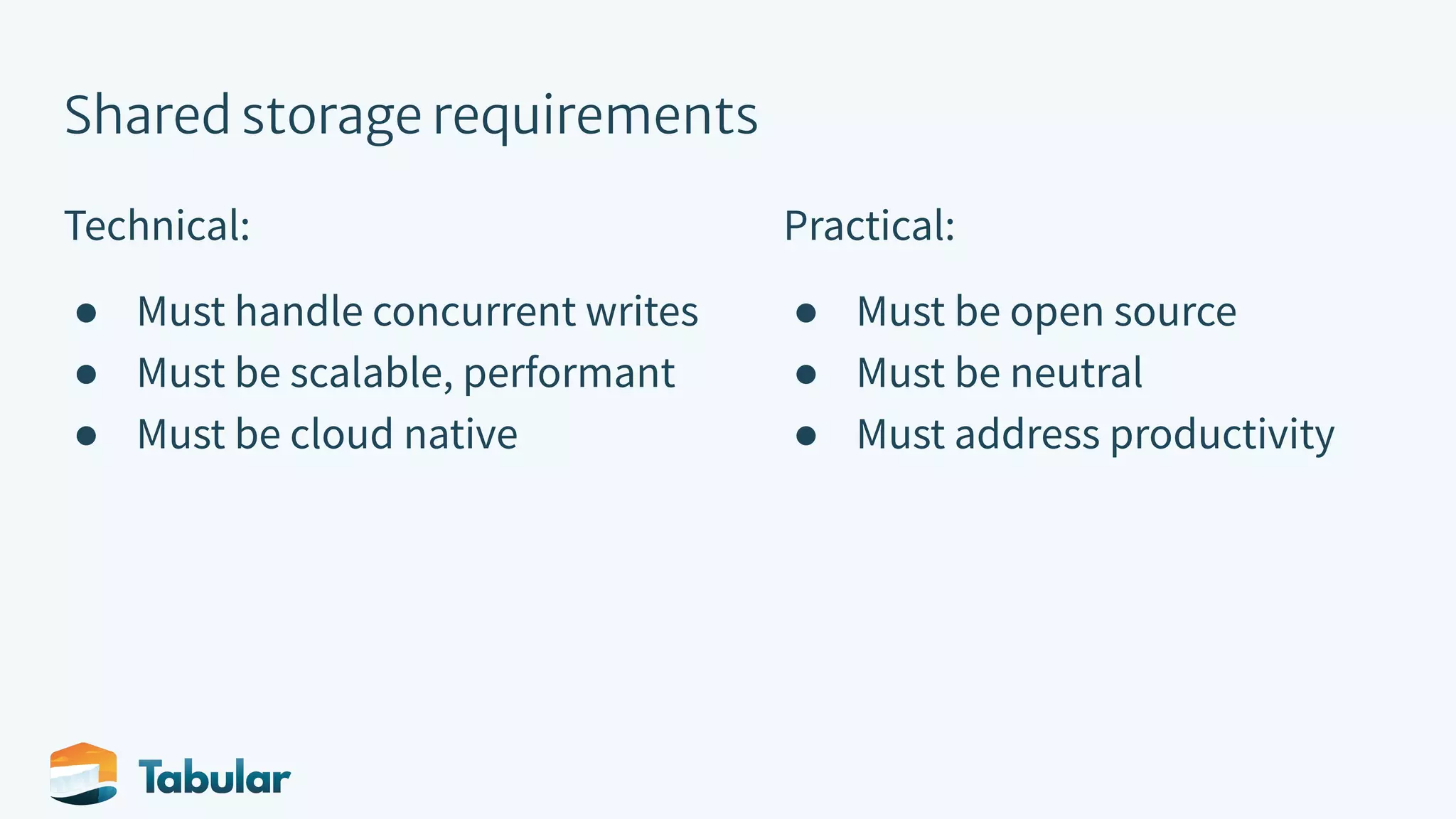
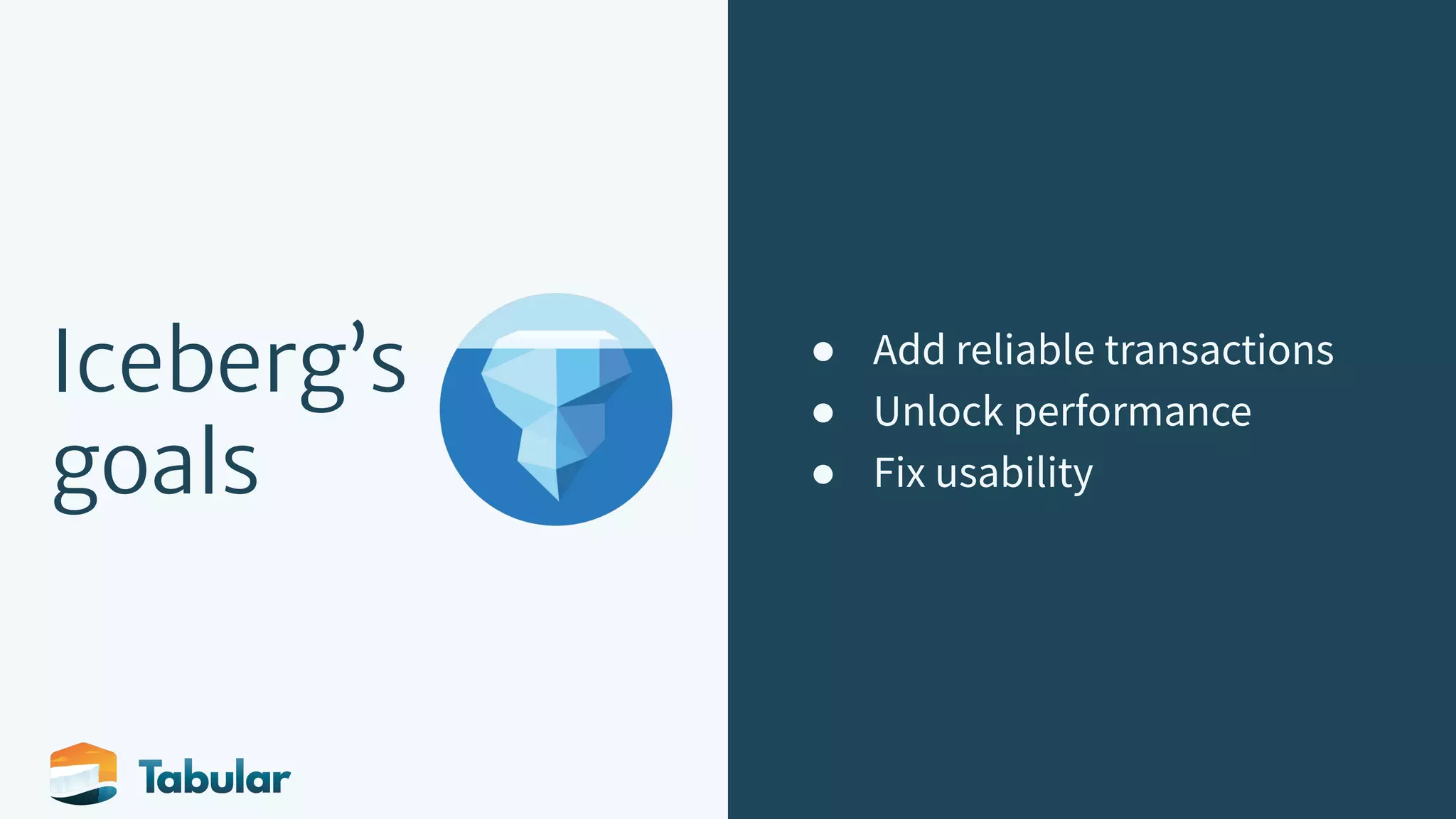
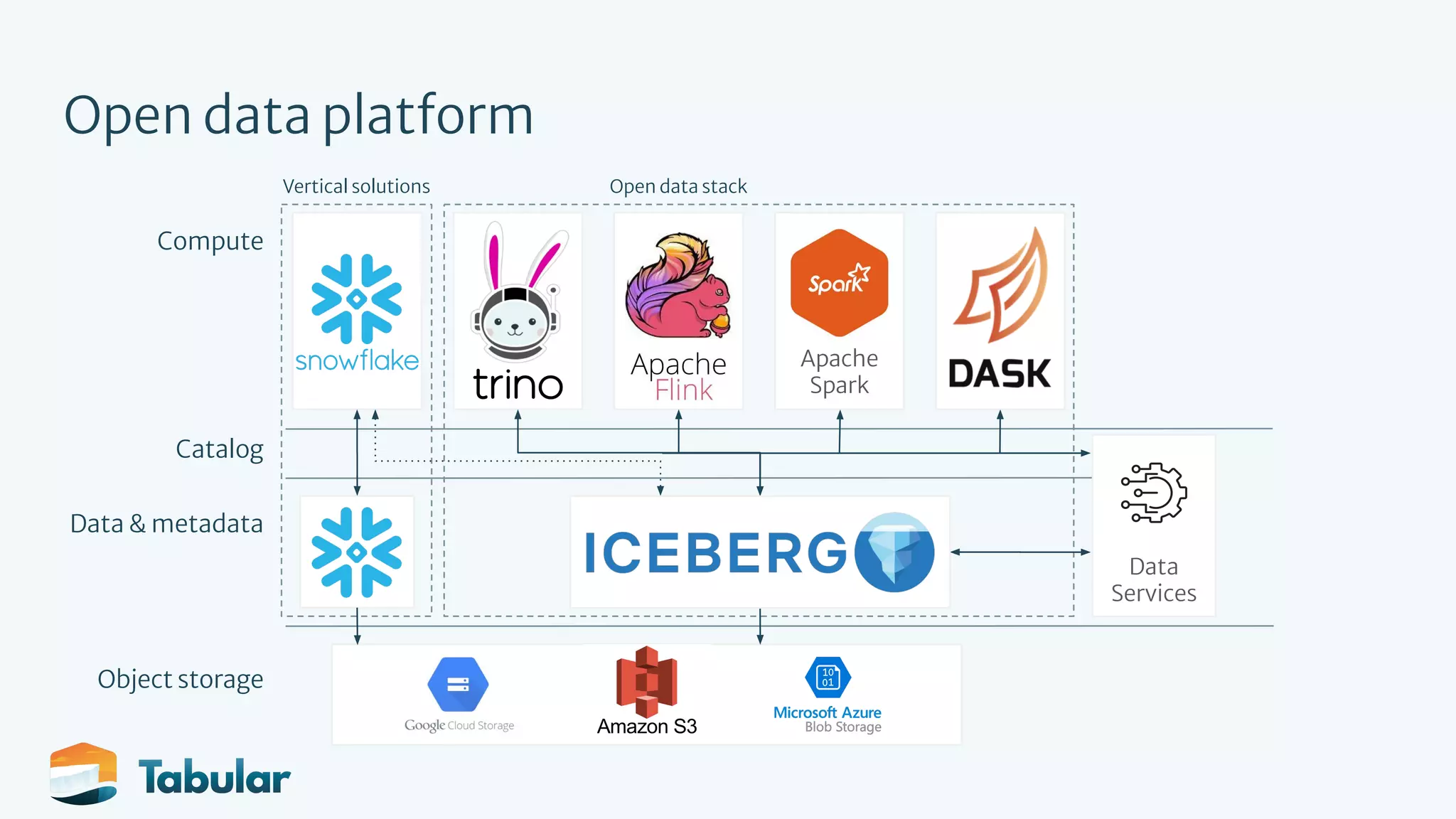

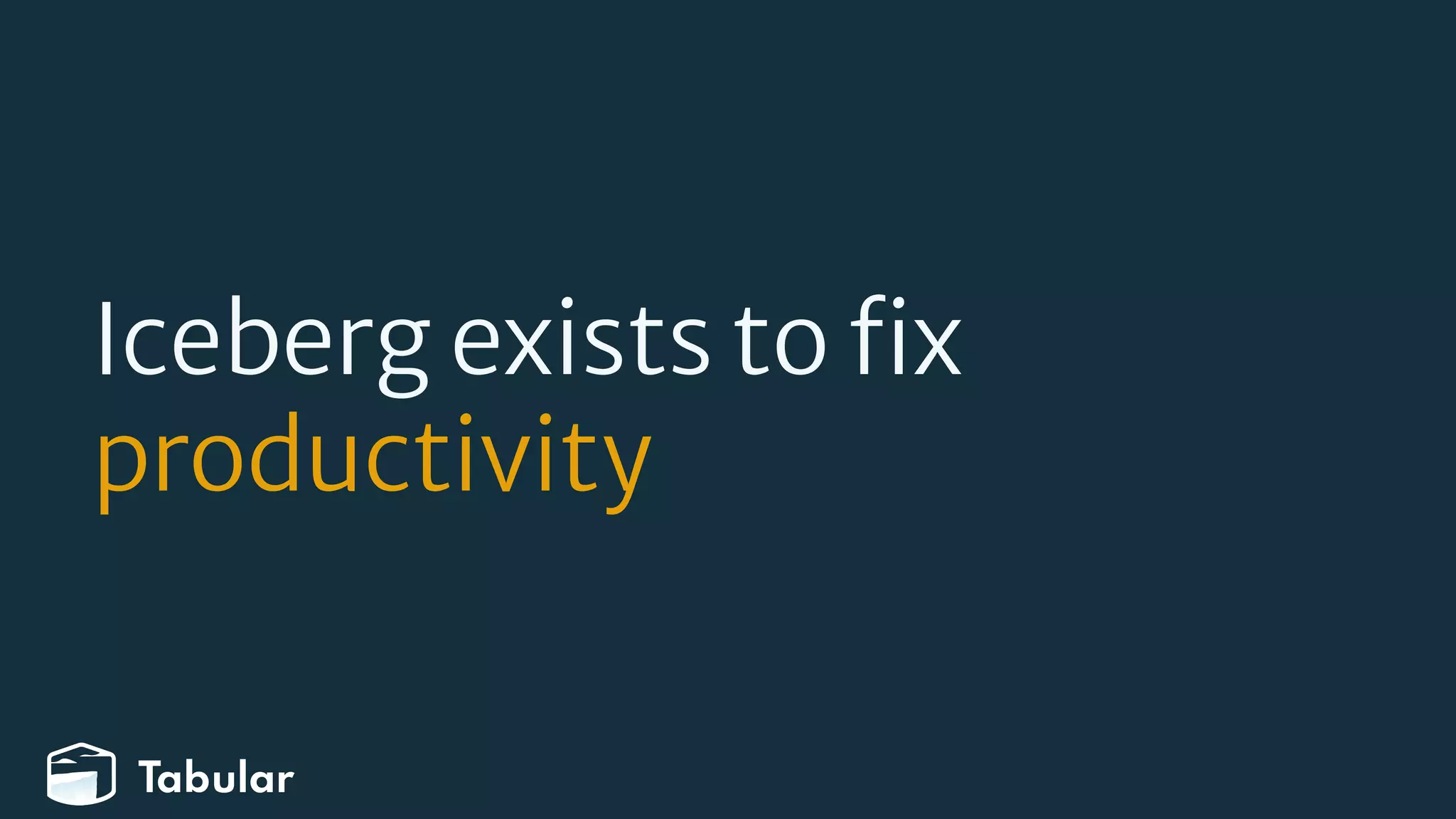
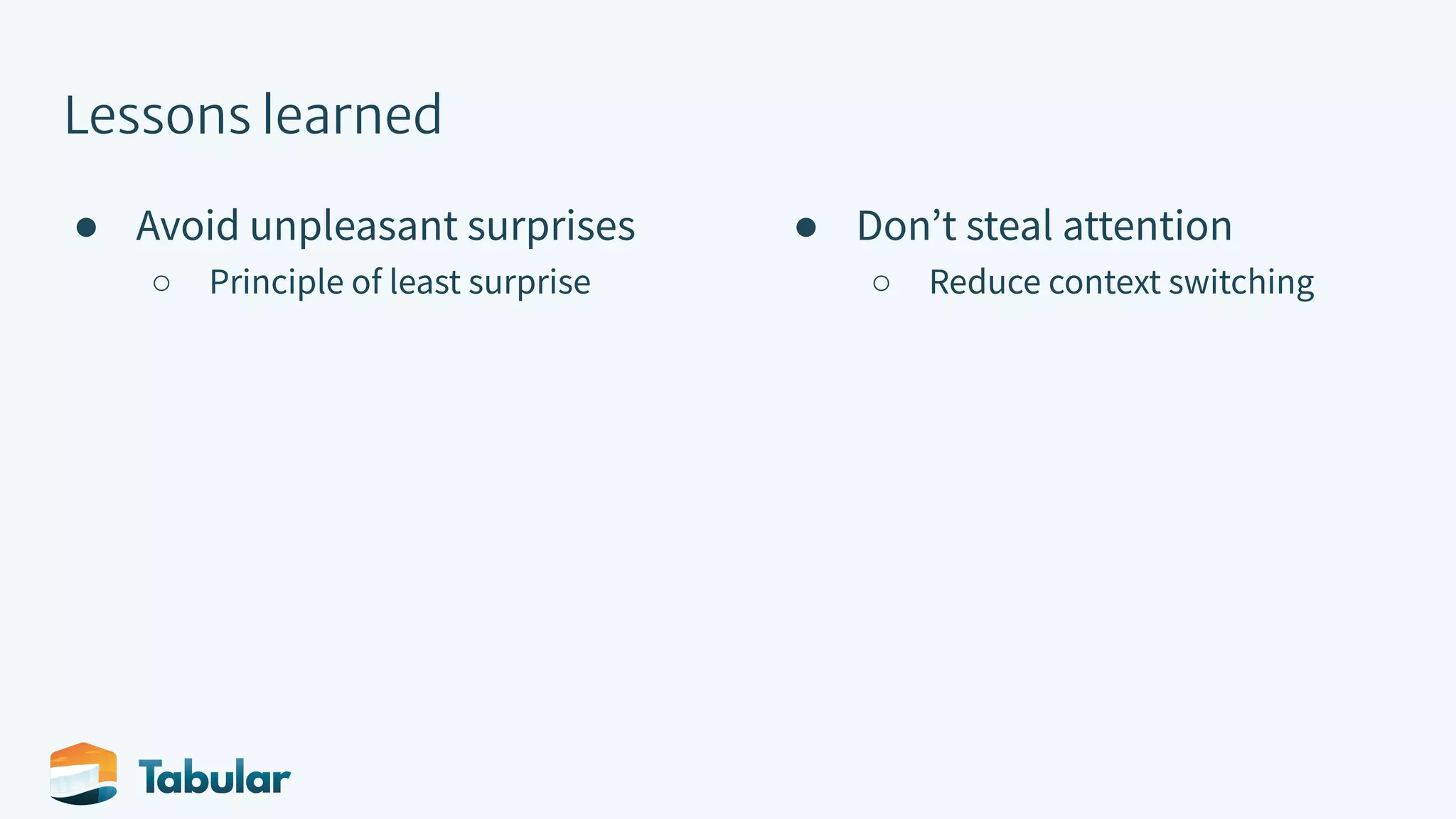

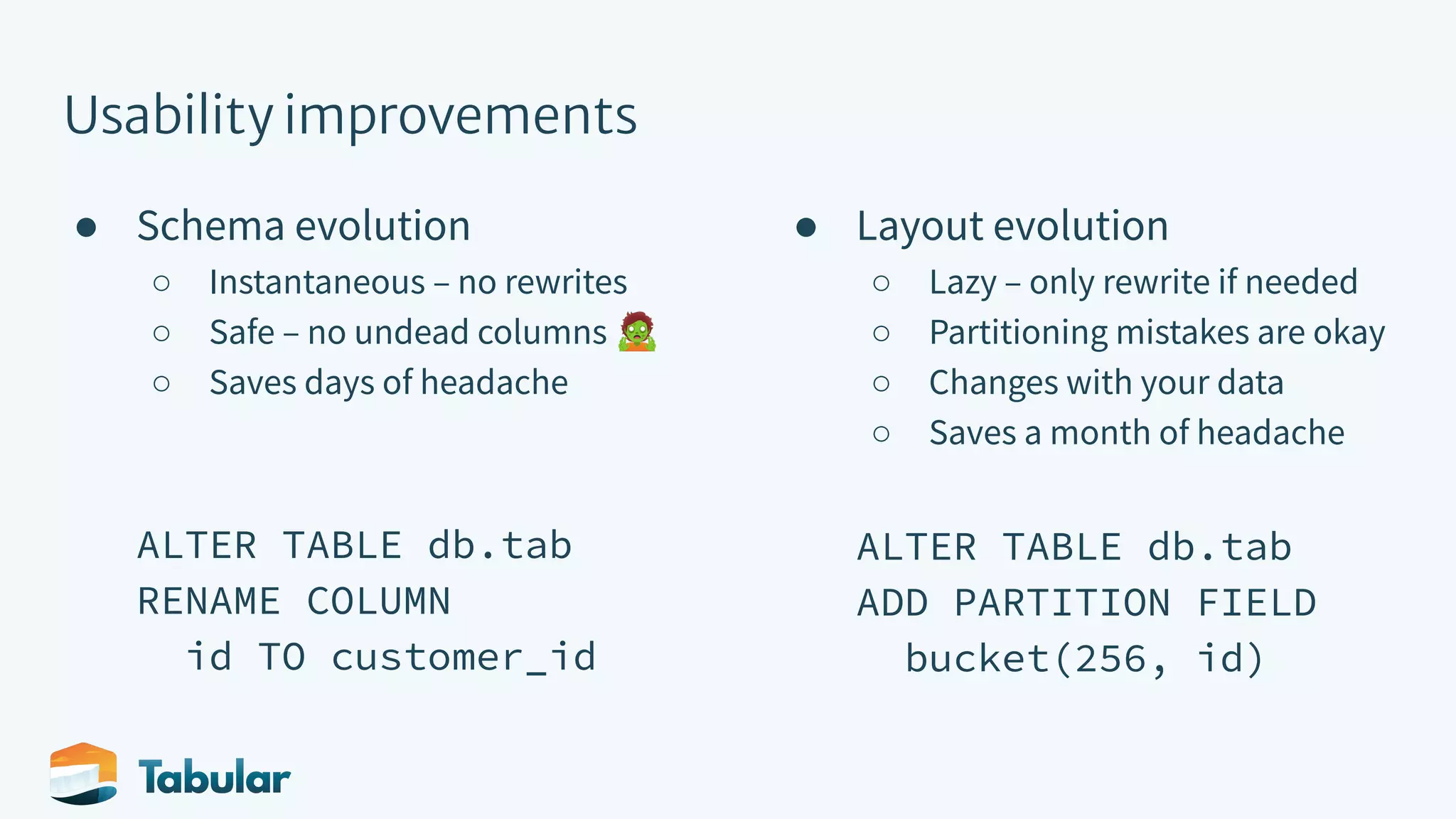
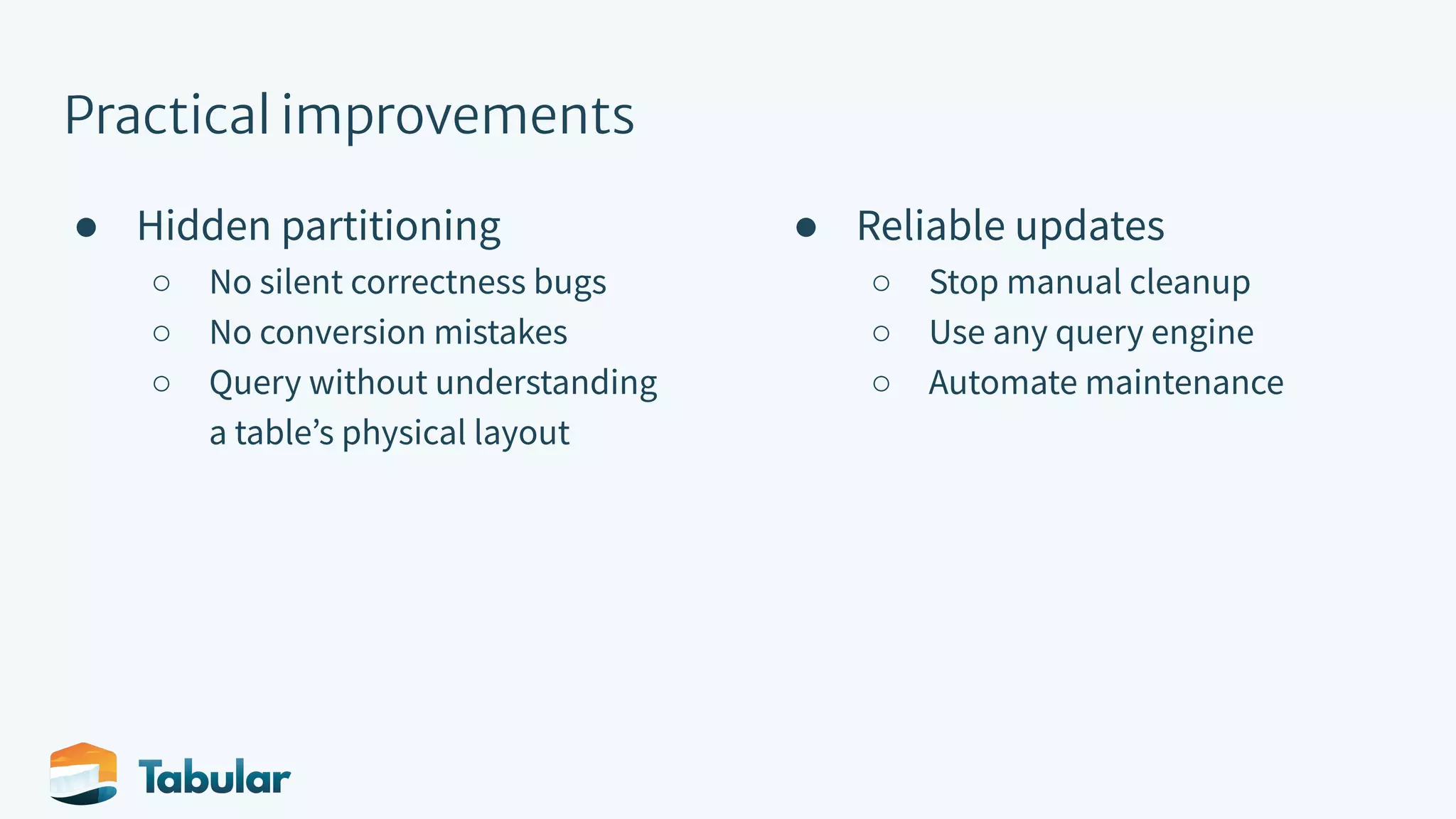
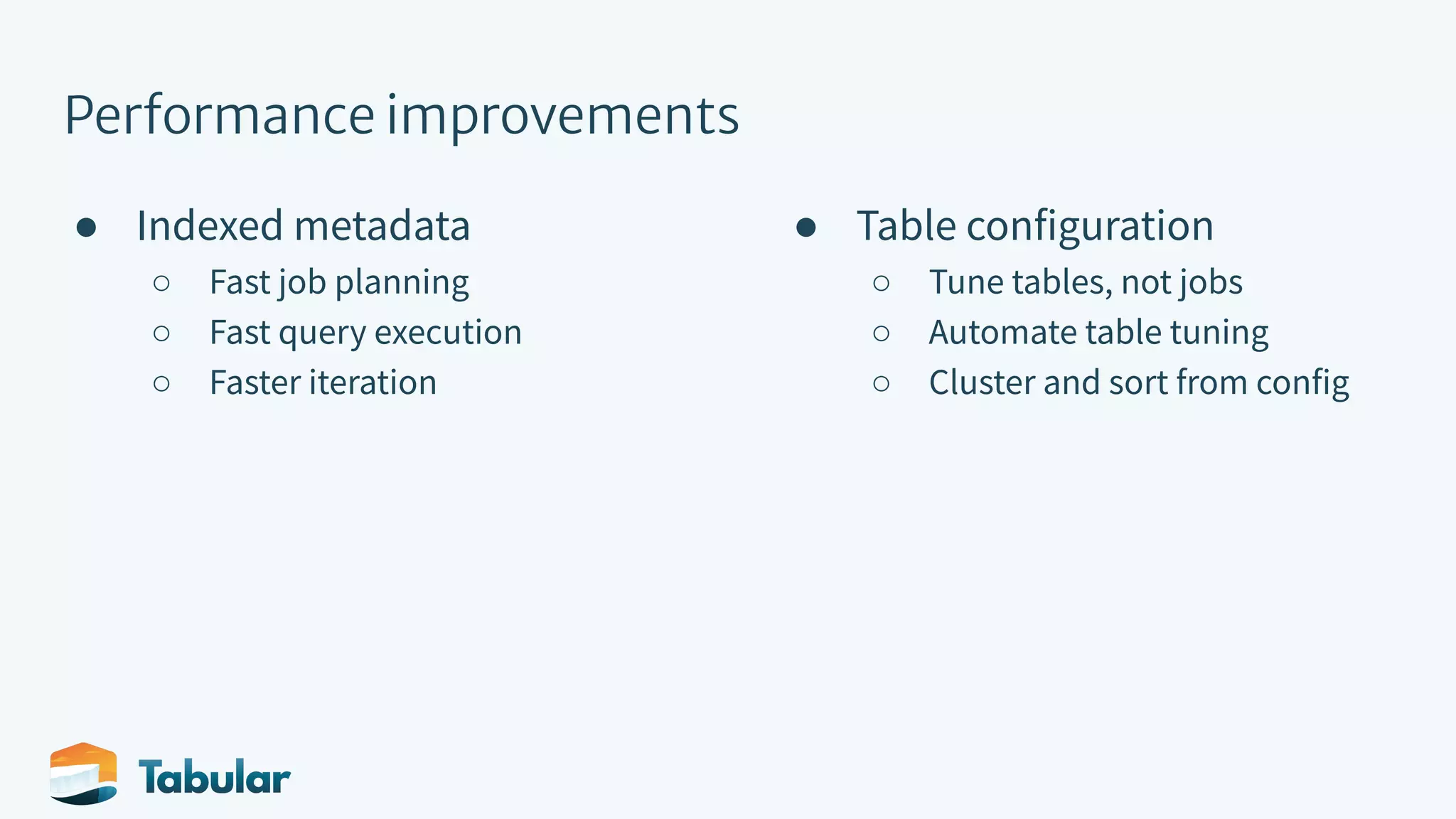

The document outlines the development of an open data platform using Apache Iceberg, which serves as a table format for analytic data, providing transactional guarantees and performance enhancements. It highlights the need for a multi-engine architecture that leverages various tools like Spark, Trino, and Flink, while addressing usability and productivity issues within data management. Key goals of Iceberg include improving transactions, performance, and usability through features like schema evolution and reliable updates.




















Introduction of Apache Iceberg and the objectives of the presentation.
Description of the existing multi-engine data architecture and challenges faced.
Explanation of Iceberg as a table format, its goals, and how it integrates into existing systems.
Highlights Iceberg's focus on improving productivity with usability and performance enhancements.